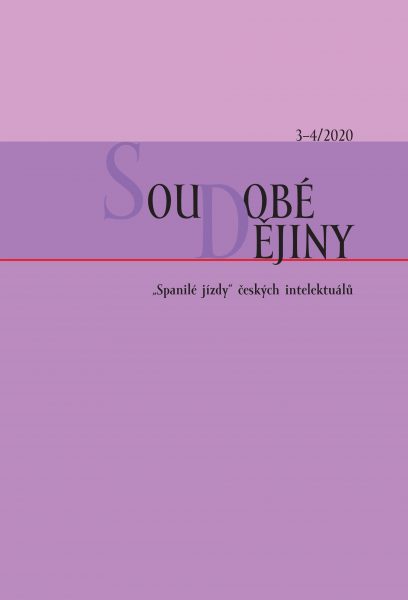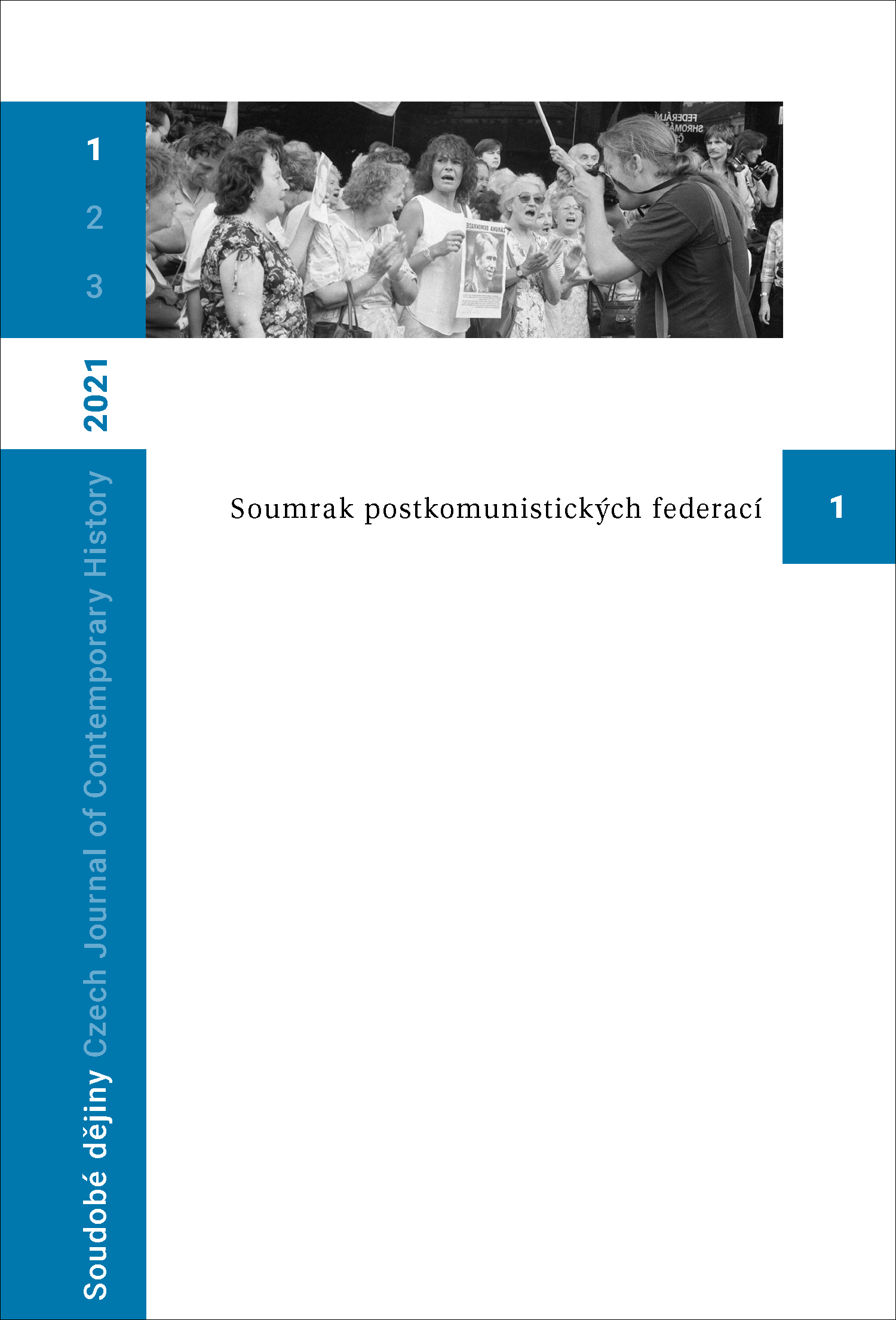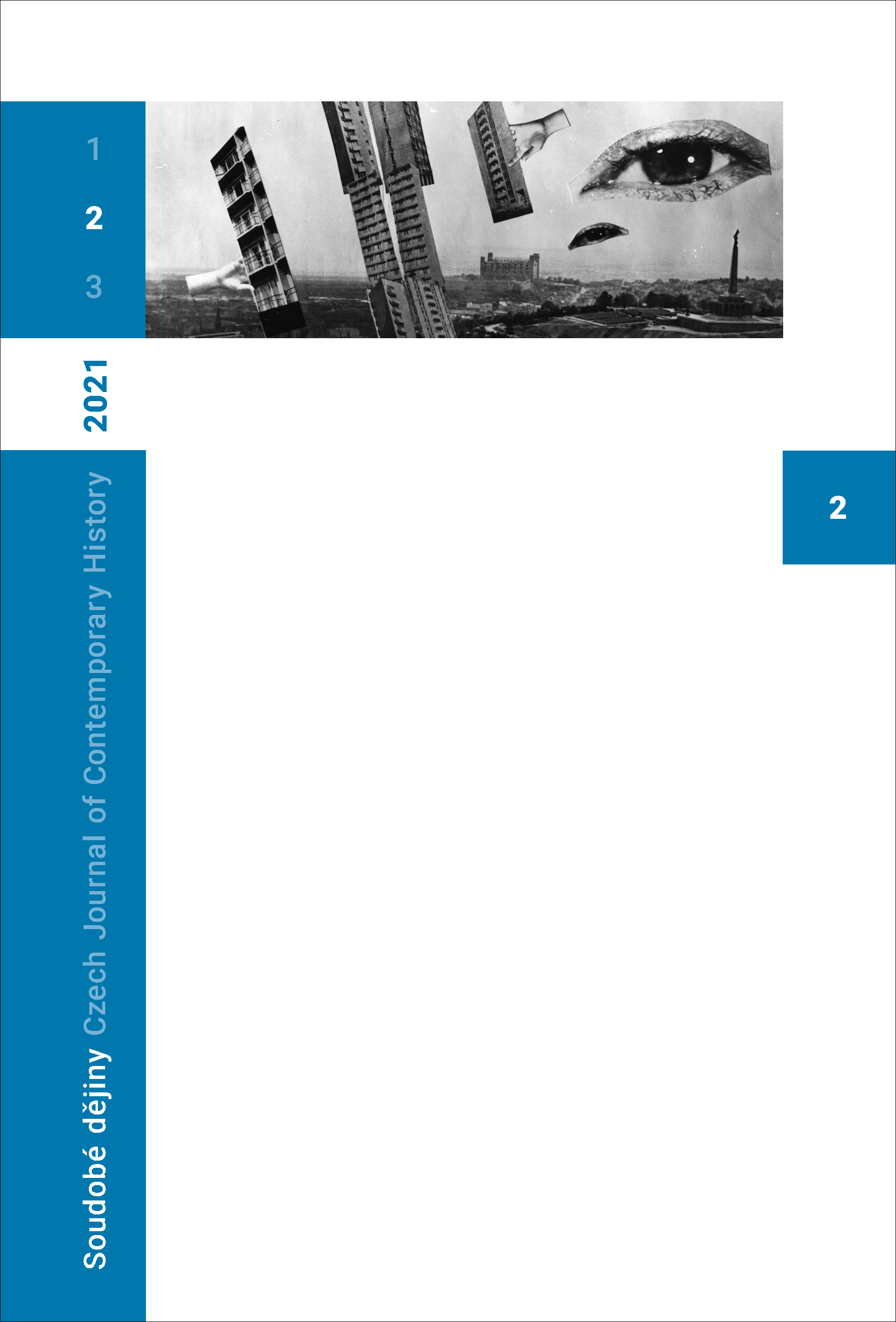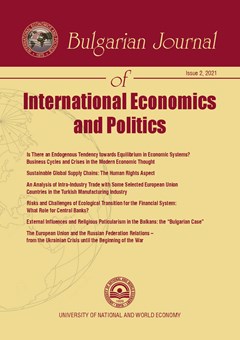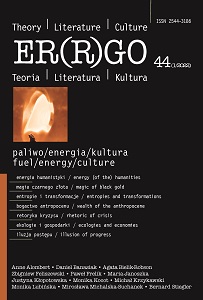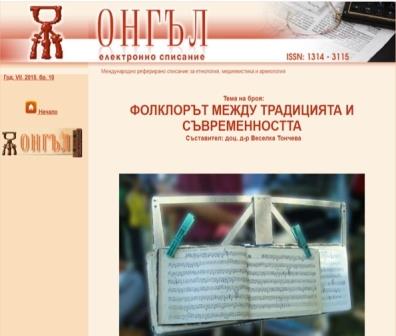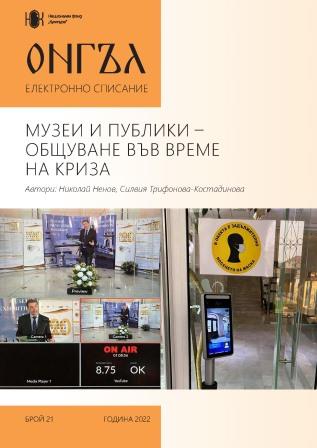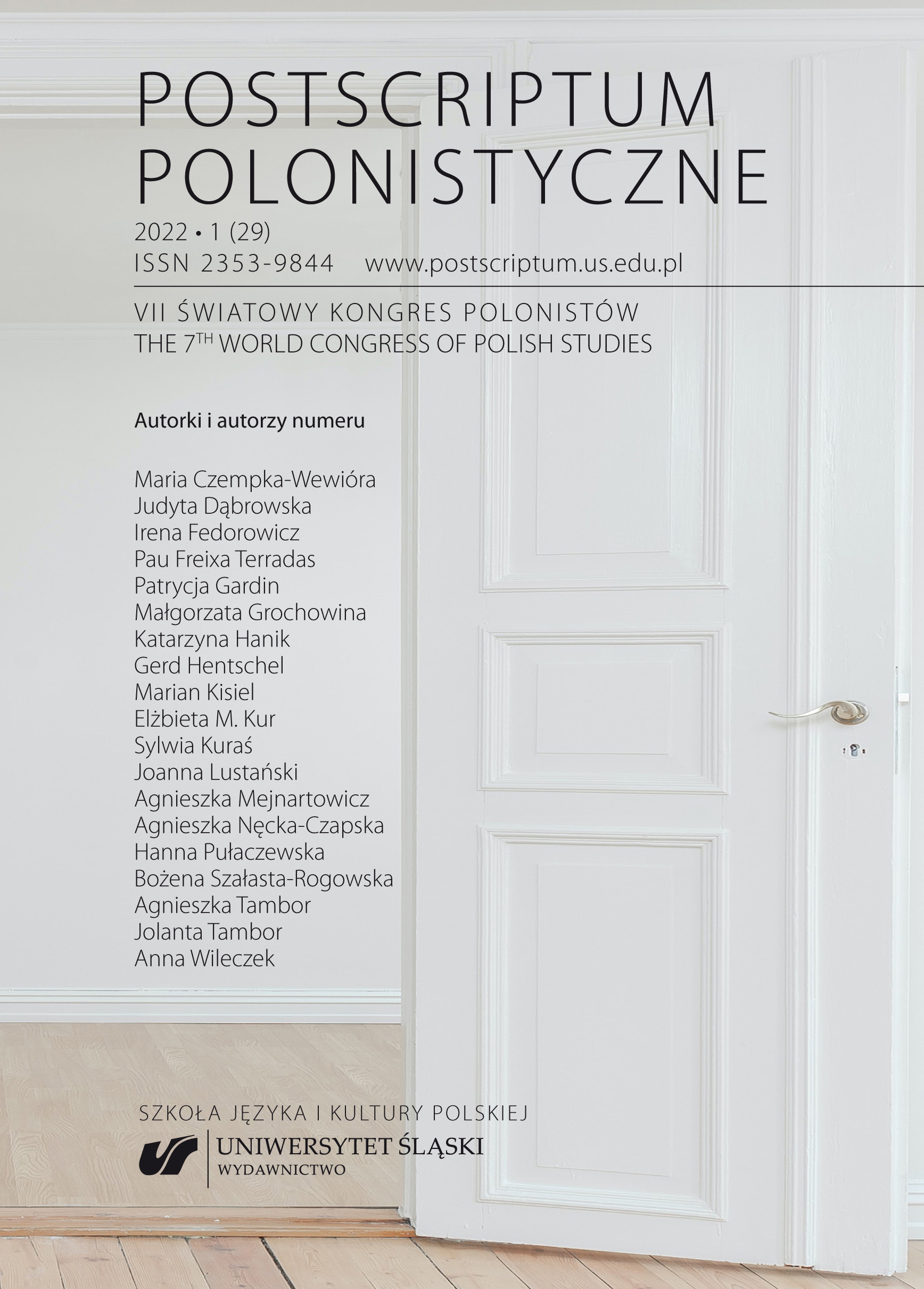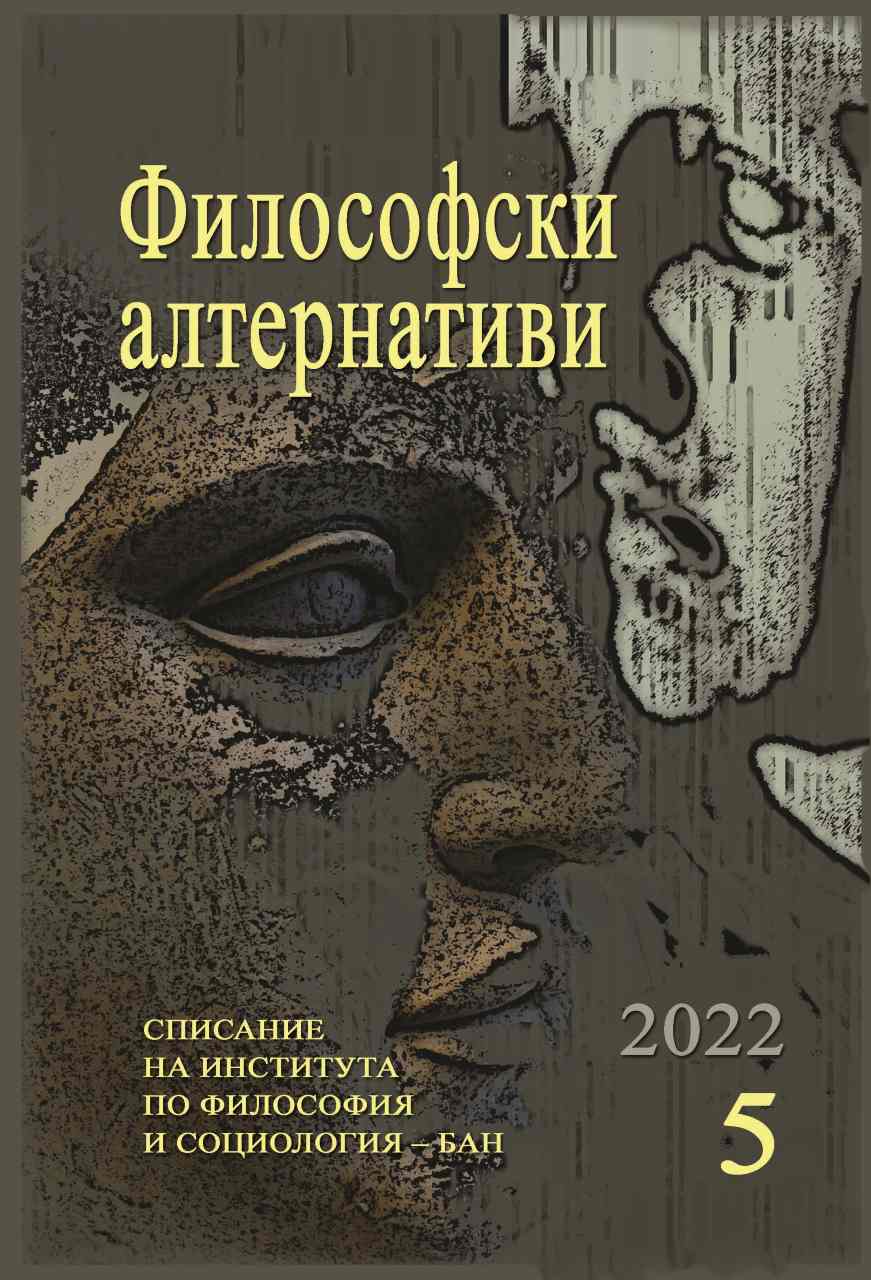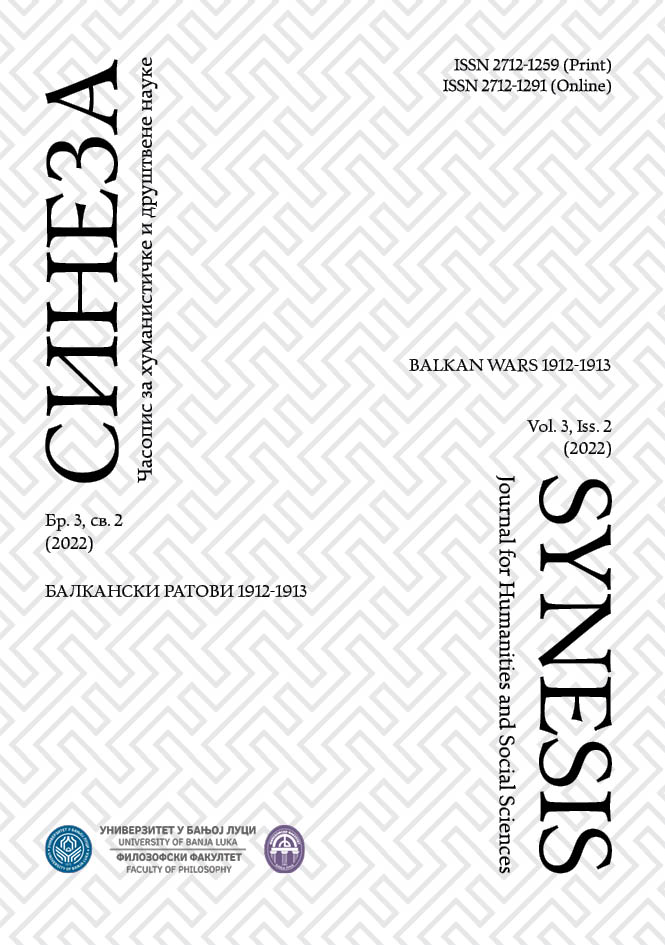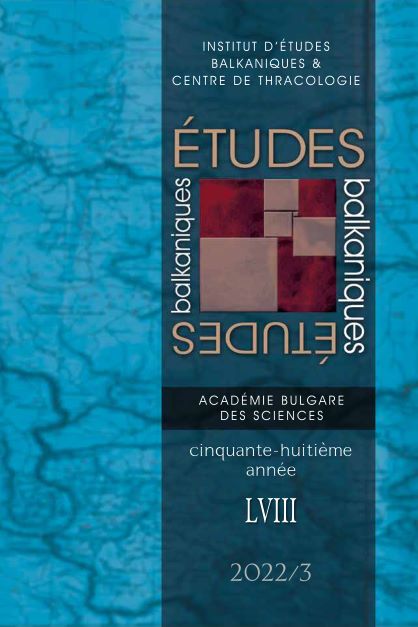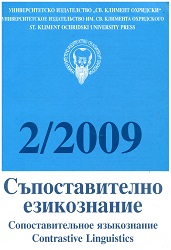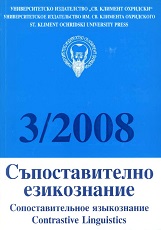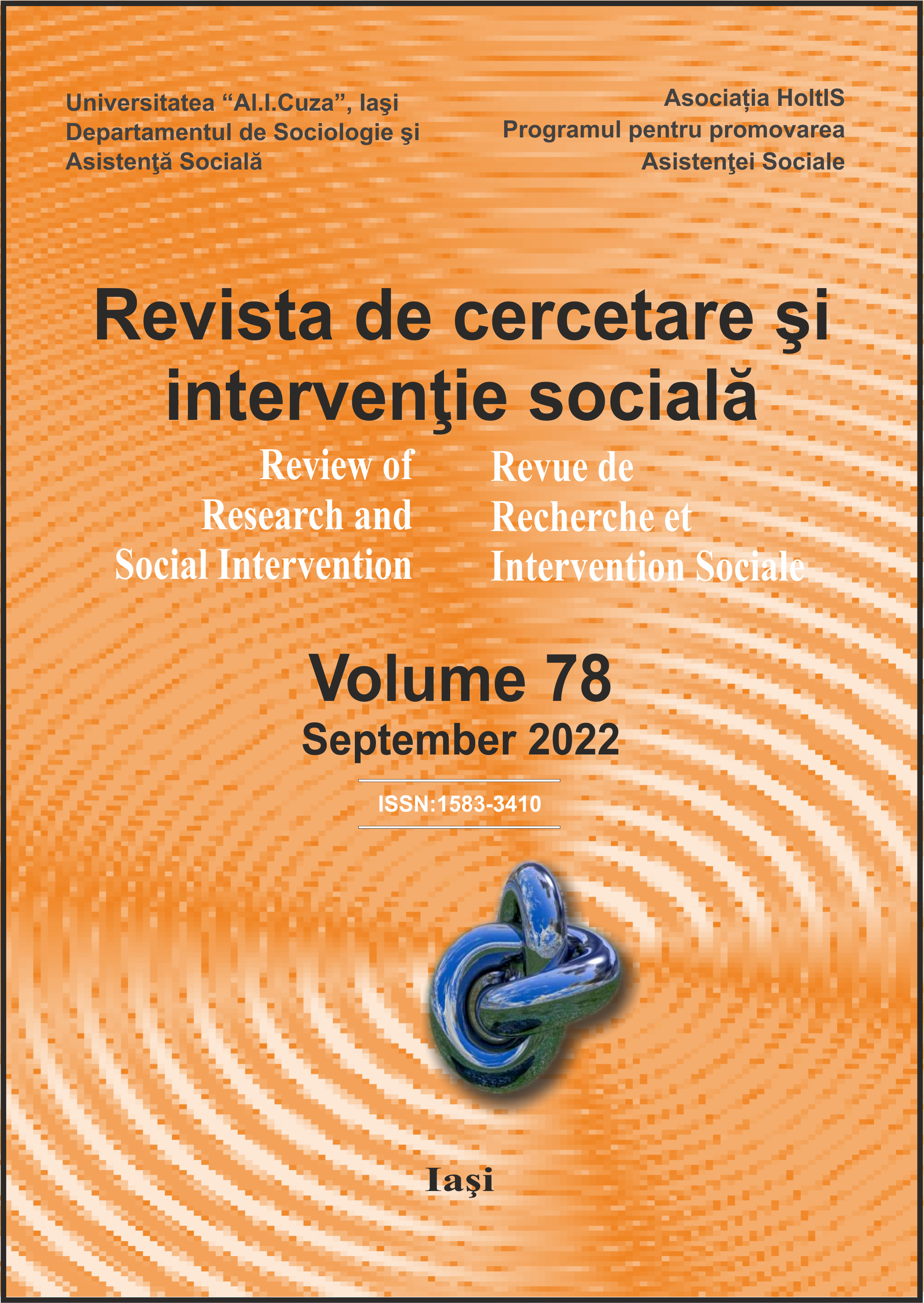Author(s): Blanka Nyklová,Hana Daňková / Language(s): Czech
Issue: 2/2021
The inventions and innovations movement in Czechoslovakia, which developed here on a massive scale with state support after the communist coup of 1948, has so far received little attention in historical research. The study examines how this movement was reflected and publicized on the pages of the Inventor and Innovator (Vynálezce a zlepšovatel) journal, which was published from 1969 to 1990 by the Czechoslovak Scientific and Technical Society (until 1989). The authors focus principally on three levels: firstly, the normative definition of inventions and innovations in the legislation during the period of state socialism and its institutional anchorage; secondly, the creation of the image of an ideal inventor and innovator on the pages of the journal; and, thirdly, the changing emphasis in the presentation of this movement and its subordination to economic efficiency. They also pay attention to the criticism of the administrative obstacles faced by the movement during this period, its insufficient results and the lack of coordination within the Council for Mutual Economic Assistance. By analysing the content of the journal, the authors show how the inventions and innovations movement was supported as part of the scientific and technical revolution and economic rationalization, and how it was defined, on the one hand by the claims arising from socialist moral economy, and on the other by economic pragmatism. Where as the first view subordinated individual ambitions and performance to the obligations towards society in general and made the innovators movement a moral obligation of all workers, the second perspective was primarily about the contribution of the inventions and innovations proposals to economic savings, innovations and, preferably, patents and licenses which could be used in the export of products and technologies as a source of foreign currency. In this respect, individual motives of economic profit were fully accepted, and the journal also provided guidance to inventors and innovators on how to exercise their right to just reward, even in legal disputes with industrial enterprises as employers. As is evident from the published articles, the trend went from the moral concept of the early 1970s to the economic emphasis of the 1980s, especially in the period of perestroika, with inspiration also sought in the management approaches of the “crises years” of 1967–1969. The authors come to the conclusion that some of the inventors and innovators started using this activity as a long-time source of additional income, turning it into “a small socialist business” (drobné socialistické podnikání) within the law. This created conditions for a fairly smooth transition to the capitalist economy in the 1990s, and the inventions and innovations movement therefore became one of the sources of transformation continuity in Czechoslovakia before and after 1989.
More...
